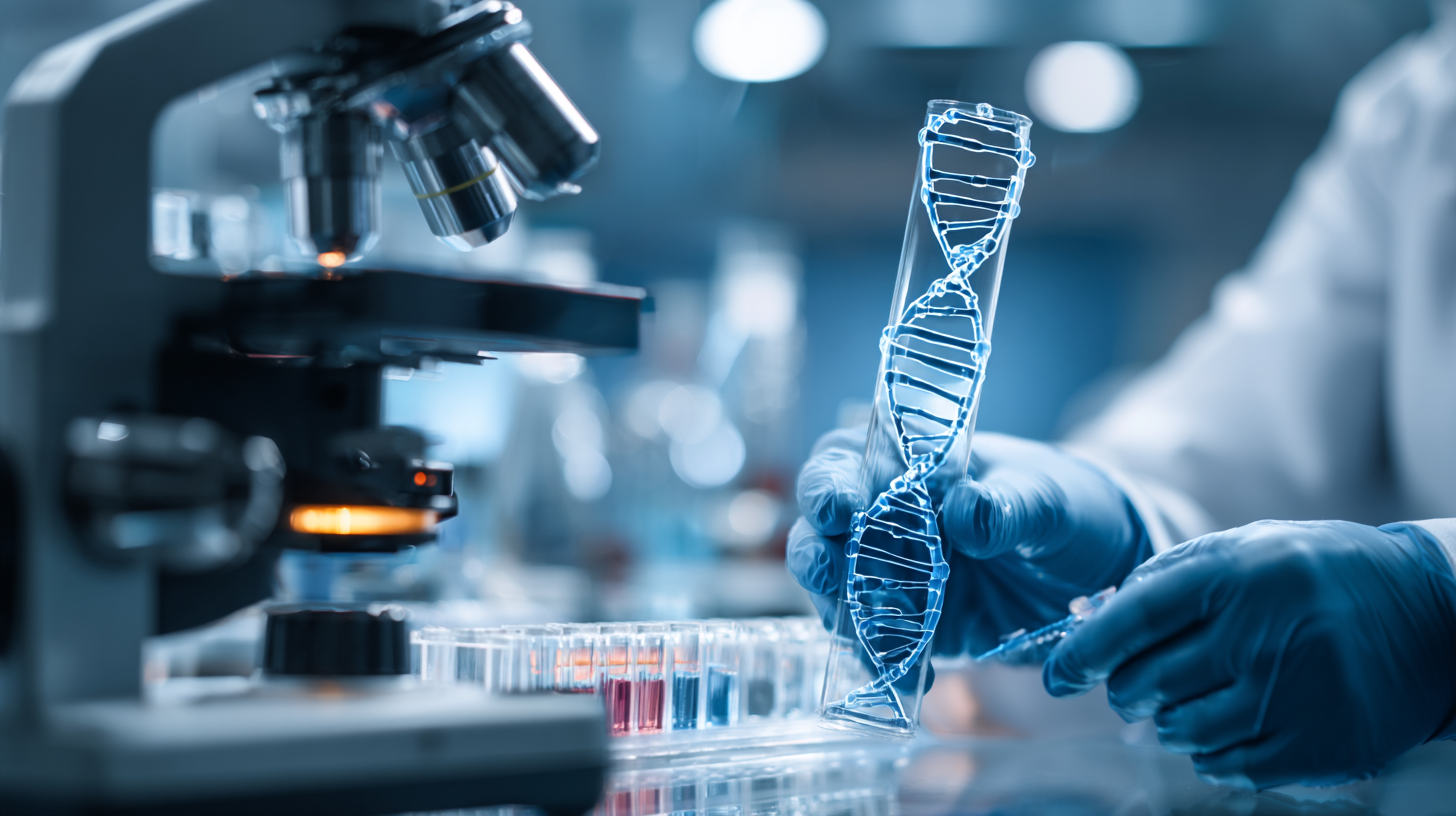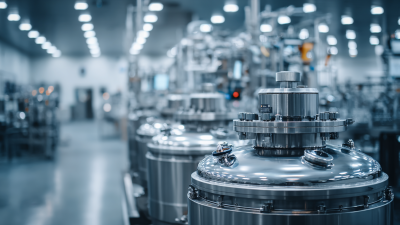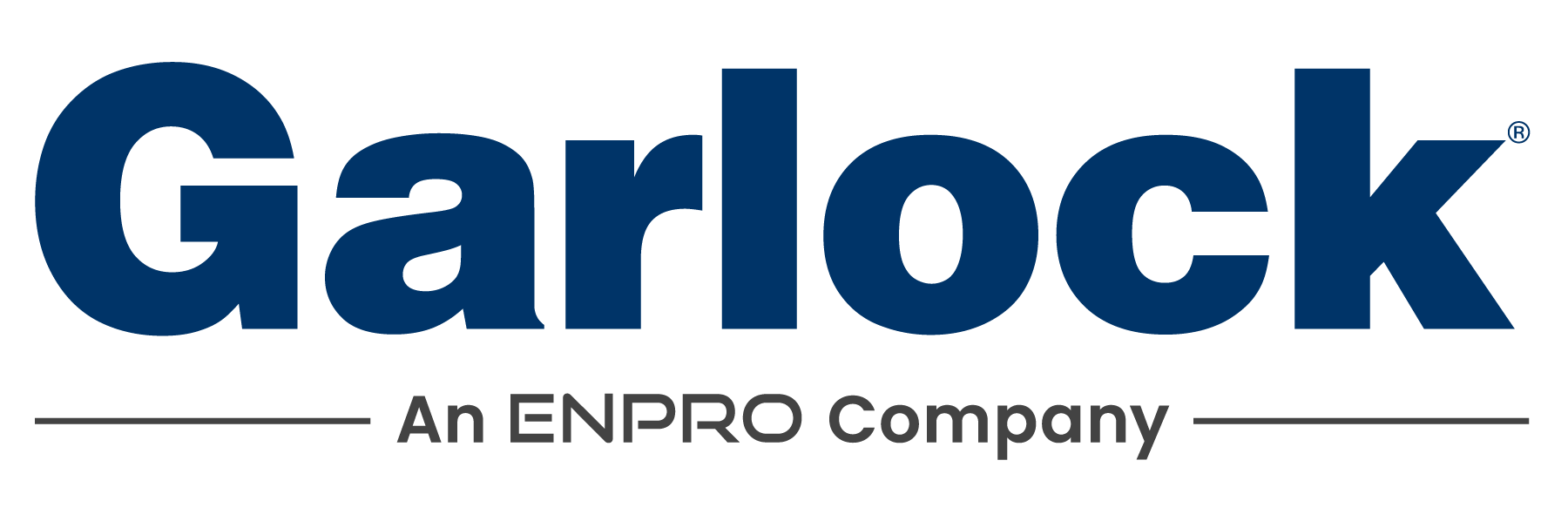Unlocking the Future of API Pharma Innovations in Drug Development and Patient Care
 The landscape of drug development and patient care is rapidly evolving, with the integration of advanced technologies and innovative approaches becoming paramount. The API Pharma sector stands at the forefront of this transformation, driving efficiency and effectiveness in the pharmaceutical industry. According to a recent report by Grand View Research, the global API market was valued at approximately $178.2 billion in 2020 and is projected to expand at a CAGR of over 6% from 2021 to 2028. This growth underscores the increasing importance of active pharmaceutical ingredients in delivering high-quality healthcare solutions. The digitalization of drug development processes is not only enhancing transparency and collaboration among stakeholders but also significantly improving patient outcomes. As we explore the future of API Pharma innovations, it is essential to recognize the pivotal role of technology in streamlining drug development and ensuring that patients receive timely and effective therapies.
The landscape of drug development and patient care is rapidly evolving, with the integration of advanced technologies and innovative approaches becoming paramount. The API Pharma sector stands at the forefront of this transformation, driving efficiency and effectiveness in the pharmaceutical industry. According to a recent report by Grand View Research, the global API market was valued at approximately $178.2 billion in 2020 and is projected to expand at a CAGR of over 6% from 2021 to 2028. This growth underscores the increasing importance of active pharmaceutical ingredients in delivering high-quality healthcare solutions. The digitalization of drug development processes is not only enhancing transparency and collaboration among stakeholders but also significantly improving patient outcomes. As we explore the future of API Pharma innovations, it is essential to recognize the pivotal role of technology in streamlining drug development and ensuring that patients receive timely and effective therapies.
The Role of APIs in Enhancing Drug Development Efficiency and Innovation
The role of Active Pharmaceutical Ingredients (APIs) in drug development is crucial for enhancing both efficiency and innovation within the pharmaceutical industry. As the global pharmaceuticals market evolves, the significance of high-quality APIs cannot be overstated. According to recent reports, the global pharmaceutical equipment market is projected to grow from $23.67 billion in 2025 to $38.82 billion by 2032, with a compound annual growth rate (CAGR) of 7.3%. This growth underscores the increasing investment in advanced manufacturing technologies that bolster API production and subsequently improve drug formulation processes.
Innovations in API technologies are driving significant improvements in drug development timelines and patient care outcomes. By streamlining the synthesis and purification processes, pharmaceutical companies can accelerate the time-to-market for new drugs, ensuring that patients have timely access to essential medications. Moreover, advancements in APIs are contributing to the development of more targeted therapies, leading to improved efficacy and reduced side effects, which are paramount for patient safety and satisfaction. The integration of cutting-edge technologies such as artificial intelligence and automation in API production further enhances efficiency, allowing companies to meet the rising global demand while maintaining high standards of quality and compliance.
Unlocking the Future of API Pharma Innovations in Drug Development
This bar chart illustrates the impact of various factors on drug development efficiency and innovation. The data represents the percentage improvement in drug development time and cost due to advancements in Active Pharmaceutical Ingredients (APIs) over the past few years.
Evaluating the Impact of Biopharmaceutical APIs on Patient Outcomes
The evolving landscape of biopharmaceutical APIs significantly influences patient outcomes, particularly in drug development. By integrating early pharmaceutical profiling techniques, researchers can better predict oral drug absorption, which is vital for assessing the effectiveness and safety of new compounds. These preformulation measurements facilitate a more accurate estimate of the fraction absorbed in vivo, enabling a proactive approach to drug formulation and patient care.

Moreover, advancements in understanding how APIs interact within the body allow for the tailoring of treatments to individual patient needs. By identifying unmet needs in the absorption and efficacy of oral medications, pharmaceutical developers can innovate solutions that improve therapeutic outcomes. This approach not only enhances drug effectiveness but also minimizes potential side effects, ultimately leading to better patient satisfaction and health results.
Integrating AI and Machine Learning in API-Driven Drug Design
The integration of artificial intelligence (AI) and machine learning (ML) in active pharmaceutical ingredient (API) driven drug design is transforming the pharmaceutical landscape. According to a 2022 report by McKinsey, the adoption of AI in drug development has the potential to save pharmaceutical companies up to $60 billion annually by optimizing research and development processes. Machine learning algorithms enhance drug discovery by analyzing vast datasets to identify potential drug candidates more quickly and accurately than traditional methods.

Moreover, a study published in the Journal of Medicinal Chemistry in 2023 highlighted that AI-driven approaches can improve the efficiency of lead optimization by up to 30%. This is particularly crucial in API development, where understanding the molecular properties and behavior can significantly speed up the creation of effective medications.
As we look to the future, the seamless integration of AI and ML in API-driven processes promises not only to accelerate drug development timelines but also to enhance patient care outcomes through more personalized therapeutics and targeted treatment options, ultimately paving the way for a new paradigm in medicine.
Regulatory Challenges and Solutions in API Pharmaceutical Innovations
The landscape of pharmaceutical innovation is ever-evolving, especially in the realm of Active Pharmaceutical Ingredients (APIs). However, navigating the regulatory challenges associated with API development can be daunting for many companies. Compliance with regulation is essential to ensure quality and safety in drug development. Regulatory bodies, such as the FDA and EMA, demand rigorous data and transparency, which can delay product launch and increase costs.
**Tip:** Keeping updated with regulatory changes and guidelines can significantly streamline the compliance process. Consider establishing a dedicated regulatory affairs team to manage these complexities effectively.
Additionally, the move towards personalized medicine adds another layer of complexity. Companies must adapt to varying regulatory pathways that cater to innovative therapies, including gene and cell-based products. Engaging early with regulatory authorities during the development process can provide valuable insights and guidance, helping to mitigate risks associated with non-compliance.
**Tip:** Leverage digital tools and platforms to enhance communication with regulatory agencies. A proactive approach not only fosters collaboration but also helps in addressing regulatory expectations early on.
Unlocking the Future of API Pharma Innovations in Drug Development and Patient Care - Regulatory Challenges and Solutions in API Pharmaceutical Innovations
| Innovation Area | Description | Regulatory Challenge | Proposed Solution | Impact on Patient Care |
|---|---|---|---|---|
| Targeted Therapies | Innovative treatments aimed at specific genetic markers. | Lack of clear guidelines for genetic testing. | Develop standardized testing protocols. | Improved treatment efficacy and fewer side effects. |
| AI in Drug Discovery | Utilization of AI algorithms to streamline drug discovery. | Regulatory approval for AI-assisted trials. | Establish guidelines for AI integration. | Accelerated drug development timelines. |
| Advanced Delivery Systems | New technologies for drug delivery (e.g., nanoparticles). | Safety and efficacy concerns of new materials. | Conduct comprehensive safety assessments. | Enhanced bioavailability and patient compliance. |
| Regenerative Medicine | Use of stem cells and gene therapy for cures. | Ethical and safety oversight in new therapies. | Implement ethical frameworks for research and approval. | Potential for permanent cures rather than symptom management. |
| Telemedicine in Clinical Trials | Remote monitoring and consultations for participants. | Balancing data security and patient consent. | Strengthen data protection regulations. | Increased patient participation and convenience. |
Future Trends: Sustainable Practices in API Manufacturing and Development
The future of API (Active Pharmaceutical Ingredient) manufacturing and development is leaning increasingly towards sustainability. As the pharmaceutical industry faces mounting pressure to minimize its environmental impact, innovative practices are emerging to streamline production processes and reduce waste. Techniques such as green chemistry and biocatalysis are gaining traction, allowing for the synthesis of APIs with less energy and fewer toxic byproducts. These practices not only address regulatory concerns but also enhance the overall efficiency of drug development, benefiting both manufacturers and patients.
Moreover, the commitment to sustainable API practices is reflected in the growing emphasis on circular economy principles within the pharmaceutical sector. Companies are exploring ways to recycle solvents, reduce water usage, and source raw materials responsibly. Collaborations between pharmaceutical firms and technology providers are fostering the development of eco-friendly manufacturing methods, which can lead to cost savings and improved product quality. By prioritizing sustainability, the API industry is poised to create a more ethical and resilient framework for drug development, ultimately enhancing patient care and ensuring the longevity of vital pharmaceutical resources.
Related Posts
-

How to Optimize API Pharmaceutical Development for Maximum Efficiency
-

5 Best APIs Reshaping the Future of the Pharmaceutical Industry
-

Ultimate Guide to Selecting the Best Pharmaceutical Processing Equipment for Your Needs
-

How to Choose the Right Pharmaceutical Solutions for Your Business Needs
-

10 Essential Insights for Pharmaceutical Manufacturing Success
-

Unlocking the Advantages of API Manufacturing for Enhanced Product Quality
